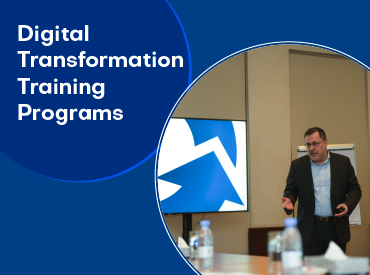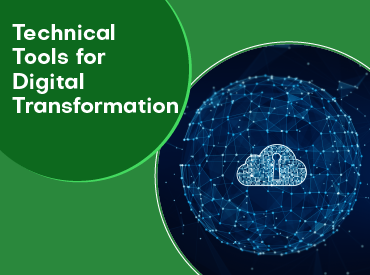Data security is a set of standards, and technologies that protect data from destruction, modification, or intentional or accidental disclosure. We can implement data security by using a range of methods and techniques, including administrative controls, physical security, logical controls, organizational standards, and other protection technologies that limit access to unauthorized or malicious users or processes.
Why is data security important?
Today all companies deal with data to some extent. And that extends from banking giants handling massive amounts of personal, and financial data to individual businesses storing their customers, contact details on a mobile phone, data plays a role in large and small companies.
The primary goal of data security is to protect the data that an organization collects, stores, creates, receives, or sends. Compliance is also a major consideration, It doesn’t matter what device, technology or process is used to manage, store or collect data, as we must protect it. Data breaches can lead to lawsuits and huge fines, not to mention how bad to repute the organization. It is important to protect data from security threats is more important today than it has ever been.
Various data security technologies
Data security technology comes in many forms and protects data from a growing number of threats. Many of these threats come from external sources, but organizations must also focus their efforts on protecting their data from the inside. Methods for securing data include:
- Data Encryption: Data encryption applies a code to each piece of data and will not grant access to the encrypted data without giving an allowed key.
- Data hiding: Hiding certain areas of data can protect it from the disclosure for harmful external sources, and internal personnel who May use the data. For example, they might hide the first 12 digits of a credit card number inside a database.
- Clear data: sometimes we need to be wipe data, that is no longer active or in use from all systems. For example, if a customer requests to remove their name from a mailing list, the delete of details must be permanent.
- Data resilience: By creating backup copies of data, organizations can recover data if somebody deleted, destroyed, or stolen it during a data breach.
Data security compliance and standards
Whenever an organization collects, any personal data, we define it as a data processor. This label comes with a lot of responsibility. For this reason, several compliance regulations control organizations that handle personal data regardless of type or size. The regulations affecting your organization will depend on a set of factors, such as the industry in which you operate and the data you store. For example, if you store data about citizens in the European Union (EU), you will need to comply with the latest GDPR. Failure to comply with any regulations affecting your organization may cause heavy fines.
Examples of regulatory compliance and other standards include:
- NERC – protection of critical infrastructure
- Personal information security specifications in China
- PCI security standards
Regulatory compliance requirements often vary by data type. Some common examples include:
- Information Identifiable as Personal (PII)
- Protected Healthcare Information (PHI, HIPAA)
- Credit card information
The first steps of a solid data security strategy
It is entirely possible to enforce a robust data security strategy that protects your most vulnerable data without restricting employees or affecting productivity. A data loss prevention (DLP) solution helps you identify data, identify the most dangerous users in seconds, and share data with third parties with confidence. Whether you need to comply with GDPR or PHI / HIPAA regulations, DLP has the expertise to set up and protect your business wherever it is necessary.
















